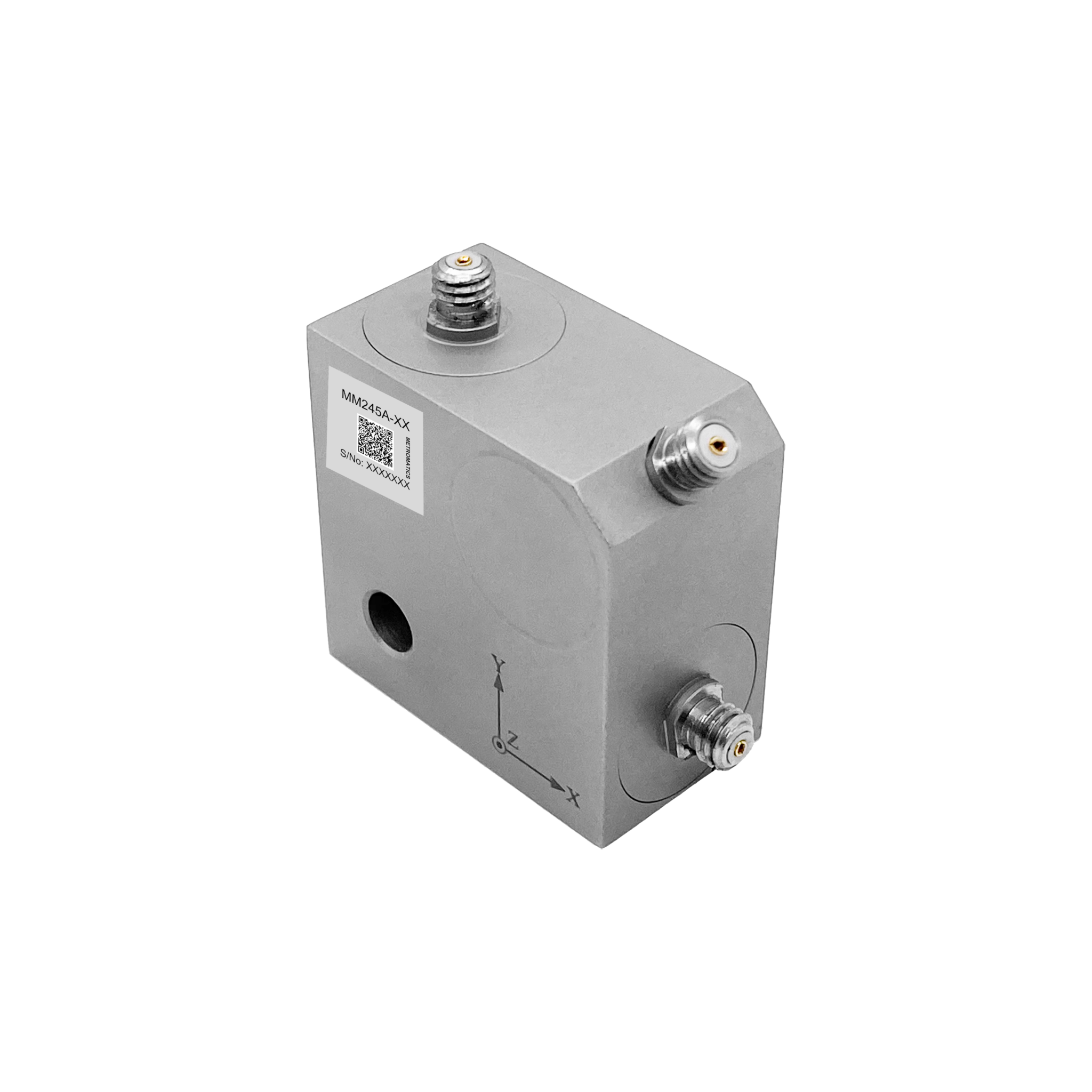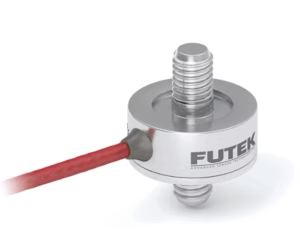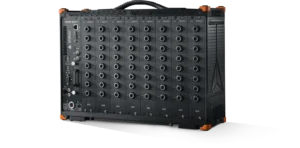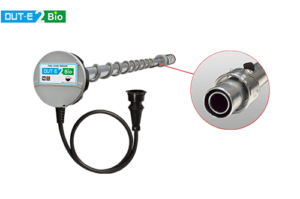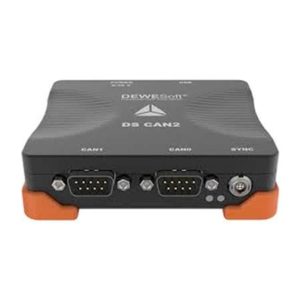The Metromatics Series MM242A, MM243A, and MM245A are Piezoelectric Charge Mode Triaxial Accelerometers. Measuring acceleration, vibration or motion simultaneously along the three axis.
How it operates
Firstly, in a triaxial accelerometer, there are three such piezoelectric setups, each oriented along one of the three orthogonal axes (X, Y, Z). However, at the core of each axis sensor is the piezoelectric sensor. The sensing element in them generates a charge is proportional in response to acceleration or vibration.
Secondly, charge-mode accelerometers output a raw charge signal. Therefore, this signal is fed into an external charge amplifier. So, it can be converted into a voltage signal that can be more easily processed and transmitted. Once signal conversion is complete, signals move to data acquisition systems for further analysis. In addition, because it has no built in electronics, charge mode accelerometers are often more stable over a wider temperature range.
This series has a measuring range of 2 to 100 pC/g. Along with a resonant frequency range of 8KHz to 25KHz which offer accurate and reliable acceleration measurements.
Finally, these accelerometers are made from stainless steel or titanium providing true durability allowing the sensor to operate in conditions from -54 to +150°C making them suitable for a broad range of applications.
To learn more about our Triaxial Accelerometers, consult the table below or contact us.
Piezoelectric Triaxial Accelerometers Portfolio – Part I
| Model | MM242A-02 | MM242A-05 | MM242A-10 | MM243A-10 | MM243A-20 |
|---|---|---|---|---|---|
| Sensitivity pC/g | 2 | 5 | 10 | 10 | 20 |
| Measuring Range g pk | ±2,000 | ±2,000 | ±2,000 | ±1,000 | ±1,000 |
| Frequency Range (±5%) Hz | 6k | 6k | 6k | 5k | 5k |
| Frequency Range (±10%) Hz | 8k | 8k | 8k | 6k | 6k |
| Resonant Frequency kHz | 25 | 25 | 25 | 20 | 20 |
| Temperature Range °C | -54 to +150 | -54 to +150 | -54 to +150 | -54 to +150 | -54 to +1150 |
| Sensing Element | Ceramic/Shear | Ceramic/Shear | Ceramic/Shear | Ceramic/Shear | Ceramic/Shear |
| Output Connector | (3) M5 | (3) M5 | (3) M5 | (3) M5 | (3) M5 |
| Housing Material | Stainless Steel | Stainless Steel | Stainless Steel | Stainless Steel | Stainless Steel |
| Sealing | Epoxy Glue | Epoxy Glue | Epoxy Glue | Epoxy Glue | Epoxy Glue |
| Weight g | 37 | 37 | 37 | 44 | 44 |
| Size mm | 22 x 22 x 12 | 22 x 22 x 12 | 22 x 22 x 12 | 25.4 x 22 x 13 | 25.4 x 22 x 13 |
| Mounting | (02) Փ5 (Thru-hole) | (02) Փ5 (Thru-hole) | (02) Փ5 (Thru-hole) | (02) Փ3 (Thru-hole) | (02) Փ3 (Thru-hole) |
| Spec Sheet | Spec Sheet | Spec Sheet | Spec Sheet | Spec Sheet | Spec Sheet |
| Buy Now |
Piezoelectric Triaxial Accelerometers Portfolio – Part II
| Model | MM245A-10 | MM245A-20 | MM245A-50 | MM245A-100 |
|---|---|---|---|---|
| Sensitivity pC/g | 10 | 20 | 50 | 100 |
| Measuring Range g pk | ±2,000 | ±1,000 | ±1,000 | ±1,000 |
| Frequency Range (±5%) Hz | 4K | 3K | 2K | 2K |
| Frequency Range (±10%) Hz | 5K | 4.5K | 3K | 3K |
| Resonant Frequency kHz | 20 | 10 | 8 | 8 |
| Temperature Range °C | -54 to +150 | -54 to +150 | -54 to +150 | -54 to +150 |
| Sensing Element | Ceramic/Shear | Ceramic/Shear | Ceramic/Shear | Ceramic/Shear |
| Output Connector | (3) M5 | (3) M5 | (3) M5 | (3) M5 |
| Housing Material | Titanium | Titanium | Titanium | Titanium |
| Sealing | Epoxy Glue | Epoxy Glue | Epoxy Glue | Epoxy Glue |
| Weight g | 44 | 44 | 44 | 44 |
| Size mm | 28 x 28 x 16 | 28 x 28 x 16 | 32 x 32 x 18.8 | 32 x 32 x 18.8 |
| Mounting | Փ5 (Thru-hole)/M6 Thread (bottom) (Z Axial) (2) M5 (Female) (X,Y Axial) | Փ5 (Thru-hole)/M6 Thread (bottom) (Z Axial) (2) M5 (Female) (X,Y Axial) | Փ5 (Thru-hole)/M6 Thread (bottom) (Z Axial) (2) M5 (Female) (X,Y Axial) | Փ5 (Thru-hole)/M6 Thread (bottom) (Z Axial) (2) M5 (Female) (X,Y Axial) |
| Spec Sheet | Spec Sheet | Spec Sheet | Spec Sheet | Spec Sheet |
| Buy Now |
